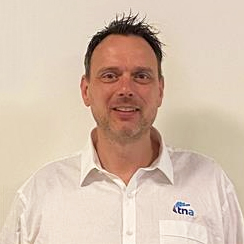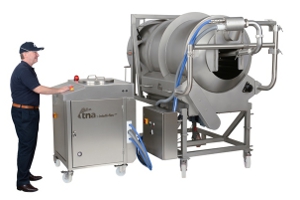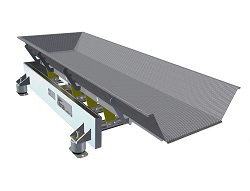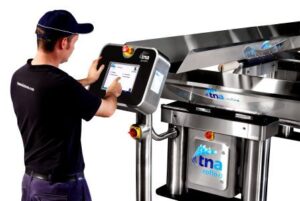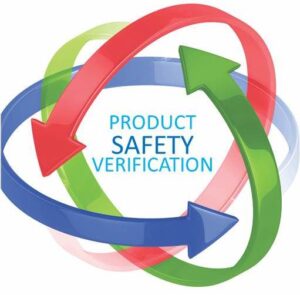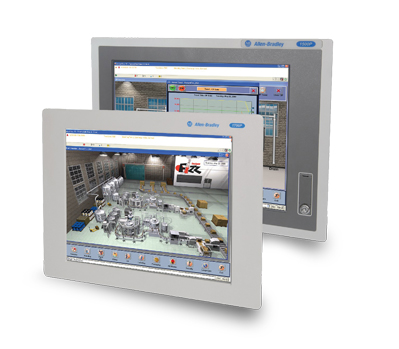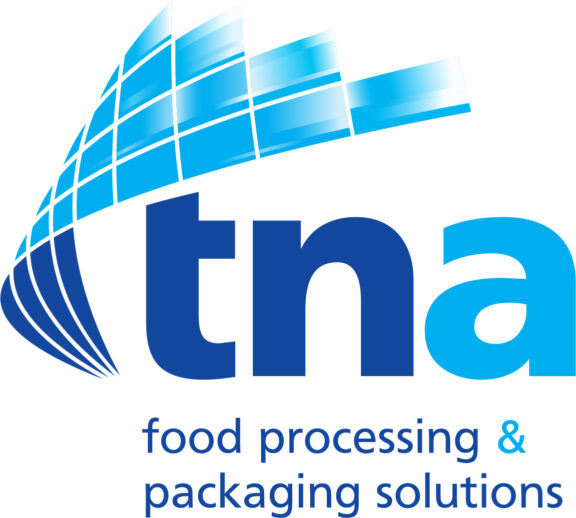The three key stages of selecting a complete solutions partner
trends | 4 mins read
March 11, 2024
According to the IndustryARC report, the global potato processing market is projected to reach a value of $53,6 billion by 2027, growing at a CAGR of 5.4% during the forecast period. For manufacturers, growth equals opportunity, opening the door for both expansion and innovation.

To take full advantage, food manufacturers need a partner that can deliver quality equipment and process expertise to produce and package their goods efficiently both now and in the future. Selecting that partner can be time-consuming, but making the right choice ensures operational success from day one and ongoing expert support to maintain both quality and consistency. Below are the three key stages of selecting such a partner.
Stage 1: identifying a complete solutions partner
Today, fully integrated processing and packaging lines are the gold standard. In the past, various specialist suppliers installed different food production systems, each focusing on their respective areas. Nowadays, more plant managers are keen to collaborate with a complete solutions partner that offer everything from processing equipment, such as fryers and ovens, to distribution, coating, seasoning, weighing and packaging solutions, and can also deliver ancillary devices such as coding, verification and metal detection equipment.
Complete solutions partners are expert consultants, helping to identify and analyse production needs and proposing improvements – from the installation of controls and the integration of technology to further increase production efficiencies, to leveraging VR capabilities to preempt challenges before they manifest in the physical world.
Making the right decision can deliver:
- A single point of contact
- A customer-centric view that is laser-focused on unique requirements
- A total systems approach that evaluates and meets customer goals
Stage 2: optimising system performance
Complete solutions partners offer myriad benefits from planning phases to system design and installation, ensuring peak operational performance. Line integration is the first step towards this efficiency, as it ensures effective communication among components. Stand-alone machines from different suppliers often operate below their potential due to a lack of communication, thus reducing the line’s overall efficiency. Different software applications make it difficult to evaluate reports and run detailed diagnostics, limiting the ability of operators to monitor activities and respond quickly to incidents.
A production line from a complete solutions partner is typically designed, assembled and installed so that components work efficiently with each other. This ensures that production processes operate at their maximum performance. In addition, control system expertise can provide manufacturers with greater visibility over their entire production through technology such as standalone supervisory control and data acquisition systems (SCADA). These provide the ‘glue’ that holds the manufacturing line together and ensure that movement between each area is seamless and waste is reduced to a minimum.
Optimisation delivers:
- ultimate control, ensuring smooth and reliable production flow
- total traceability, creating transparency and accountability within the process
- workforce efficiency, enabling operators to focus on value-added tasks
Stage 3: developing a lasting partnership
Once a complete system is installed and operational, the involvement of a complete solutions partner should continue. Fully automated production lines require regular maintenance, for example. Working with an expert partner can maintain optimal performance levels through continuous improvement reviews.
The long-term partnership offers numerous benefits. Because the partnership is rooted in the manufacturer’s success, ongoing maintenance and system improvements are a priority and are constantly monitored.
Creating a lasting partnership ensures:
- a single point of responsibility across a complete after-sales service
- investment security through ongoing performance optimisation
- a deep understanding of unique production processes, market drivers and individual needs
In summary, an increasing number of manufacturers are seeking complete solutions. With a line tailored to each plant’s needs using a total systems approach, key productivity objectives can be met, efficiency can be improved, and throughput can be increased.
For a complete overview of the benefits of selecting a complete-solution partner, download our whitepaper – from start to finish: the top 10 reasons to use a single source supplier – here.













